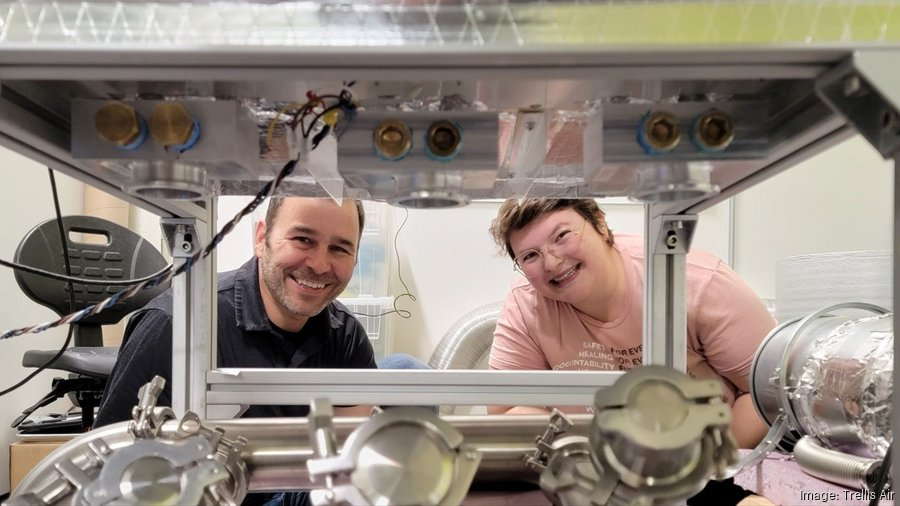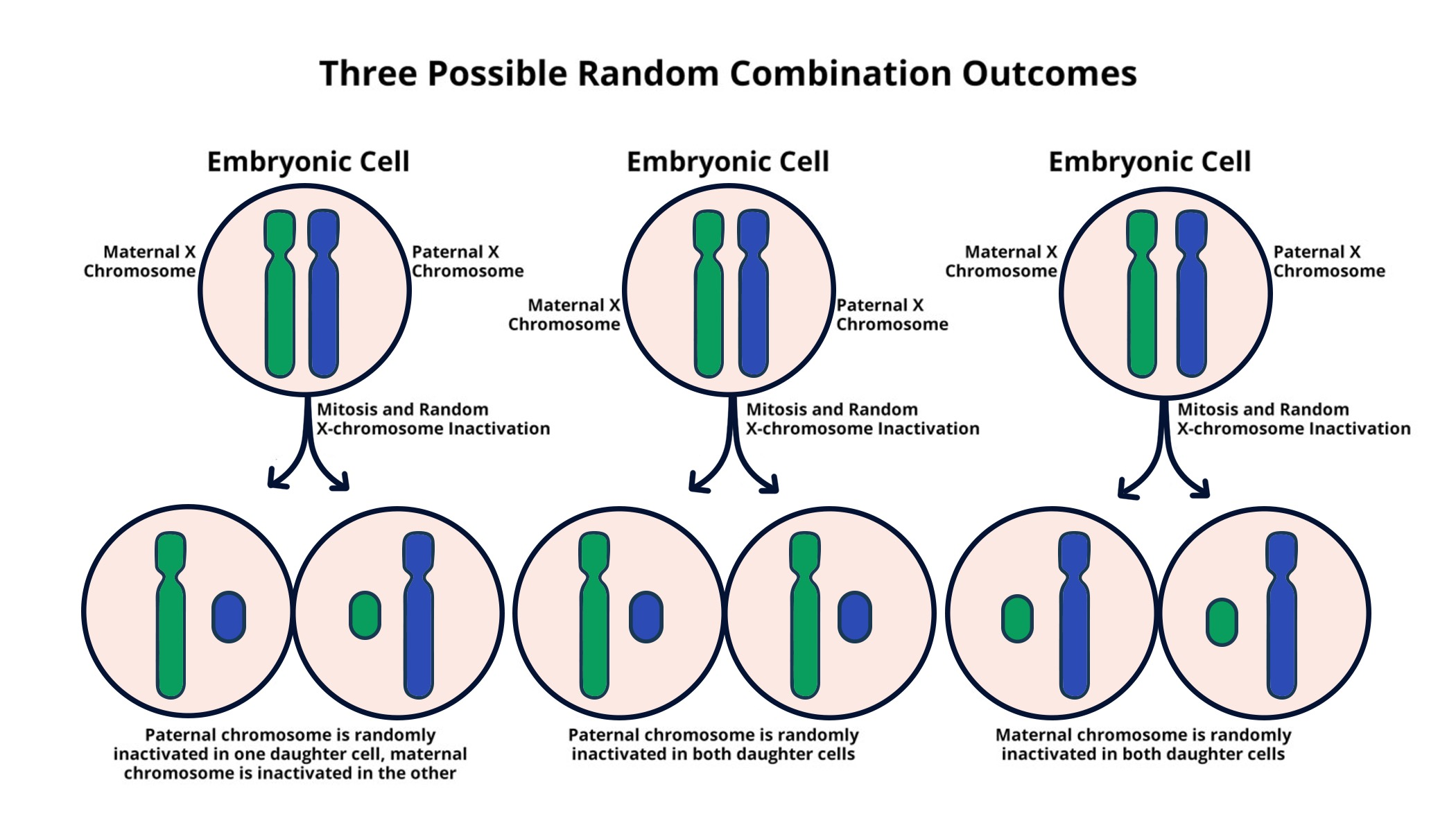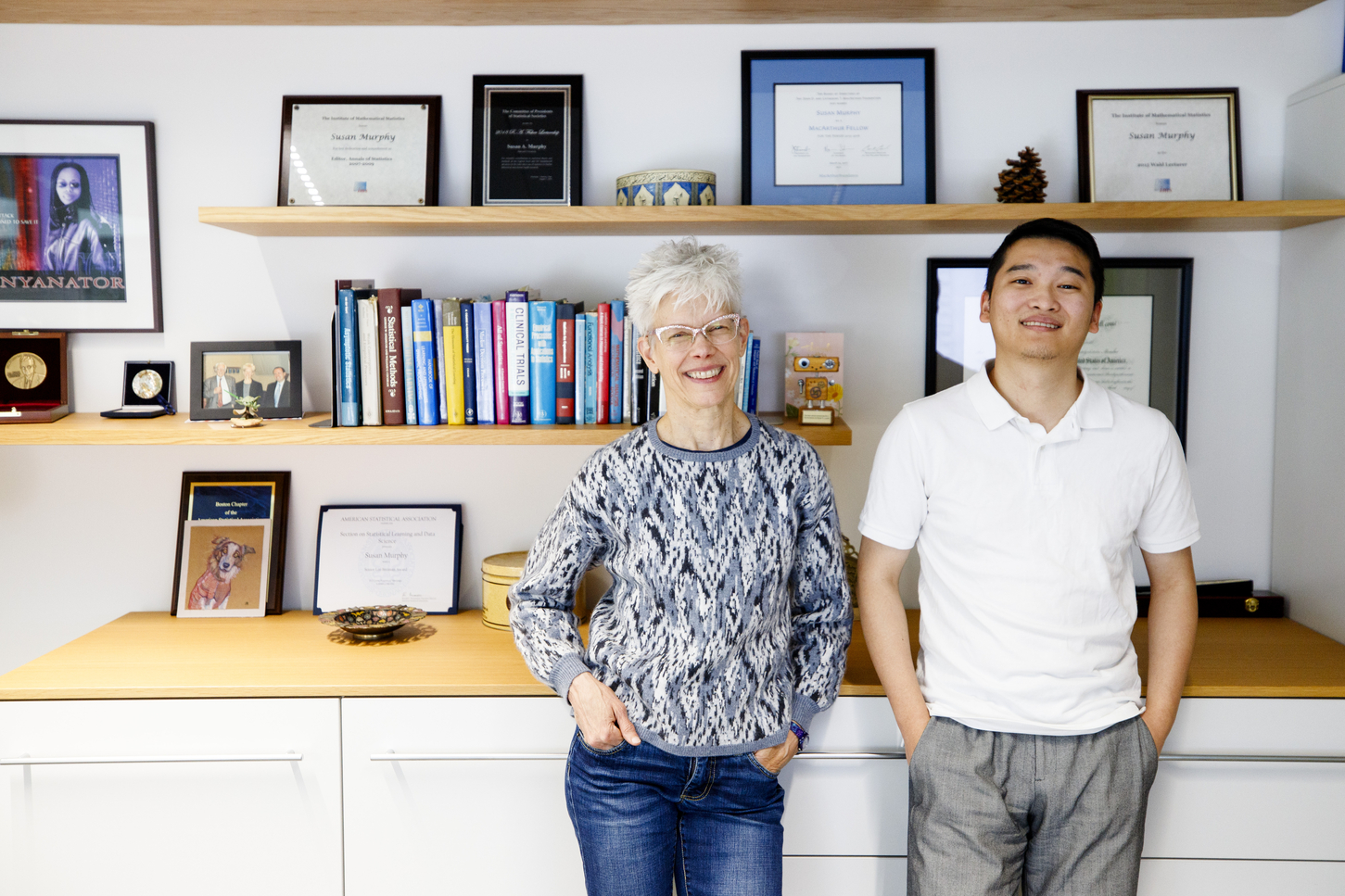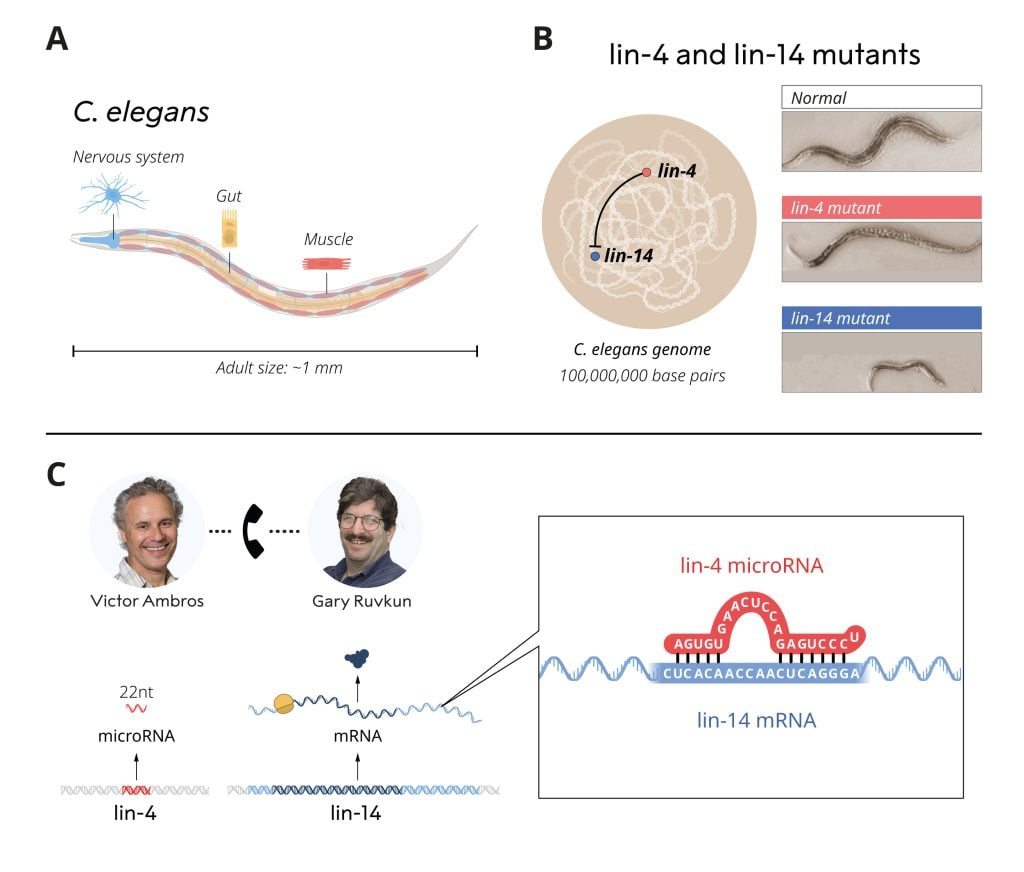
Trellis Air Technology: Redefining Cooling for a Hotter World
Trellis Air technology is revolutionizing the landscape of air conditioning innovation by offering a groundbreaking approach to energy-efficient cooling. Developed by a Harvard startup, this innovative system operates similarly to a coffee filter, effectively drying and cooling the air with significantly less energy than traditional methods. As climate change intensifies the demand for cooling solutions, Trellis Air’s unique membrane dehumidification process emerges as a crucial climate change solution capable of mitigating greenhouse gas emissions. By harnessing cutting-edge cooling technology, Trellis Air could reduce energy consumption in air conditioning systems, which currently account for a staggering 4% of global emissions. With a projected rise in cooling needs by 40% by 2030, Trellis Air technology positions itself at the forefront of sustainable development in the fight against climate change.
The Trellis Air system represents a pivotal shift in how we think about cooling solutions for buildings. This novel approach utilizes membrane-based techniques to extract moisture from the air much like a sophisticated filter, enhancing the efficiency of air conditioning systems. With escalating global temperatures, innovative energy-saving solutions like this are increasingly important, making it a critical player in the sustainability agenda. Utilizing advanced materials and engineering insights, Trellis Air is set to redefine cooling technology, focusing on reducing energy expenditure while maintaining optimal comfort levels. By embracing this next-generation technology, we can sustainably manage the growing demands for climate control in our ever-heating world.
Innovations in Air Conditioning Technology
The emergence of new technologies in air conditioning represents a pivotal moment in addressing global warming. Traditional cooling systems have relied on vapor-compression methods that have remained largely unchanged for decades. However, innovations such as Trellis Air technology indicate a shift towards more sustainable solutions. By utilizing cutting-edge membrane dehumidification techniques, this technology can significantly reduce energy consumption while enhancing cooling efficiency, thus offering a viable answer to the increasing demand for comfortable indoor climates.
The Trellis Air system acts similarly to a coffee filter, allowing for more efficient drying and cooling without the heavy reliance on refrigerants that exacerbate climate change. As these innovations gain traction, they align with broader energy-efficient cooling strategies that are essential in mitigating the environmental impact of air conditioning systems. By coupling advancements in materials science and engineering with practical applications, the air conditioning industry can evolve towards more eco-friendly alternatives that contribute positively to climate change solutions.
Energy-Efficient Cooling Solutions
As global temperatures rise, energy-efficient cooling solutions are no longer optional; they are essential. Traditional air conditioning systems can consume vast amounts of energy, leading to increased greenhouse gas emissions. In contrast, the Trellis Air technology represents a groundbreaking approach that minimizes energy use while maintaining effective cooling. By integrating a unique membrane system that extracts moisture from the air, this technology has the potential to reduce the energy required for cooling spaces by significant margins.
The benefits of adopting energy-efficient solutions extend beyond individual users; they have broader implications for reducing the overall carbon footprint. Not only does Trellis Air technology offer enhancements in energy efficiency and operational costs, but it also positions itself as an innovative alternative within the marketplace. With the projected increase in air conditioning demand, adopting more efficient systems is crucial in steering urban environments toward sustainability and resilience against climate change.
Membrane Dehumidification: A Game Changer
Membrane dehumidification stands out as a transformative advancement in cooling technology. The methods traditionally used in air conditioning often lead to excess energy utilization, as they simultaneously cool and dehumidify air, resulting in unnecessary energy consumption. The Trellis Air system, utilizing advanced membrane technology, efficiently extracts humidity without the dual-energy drain seen in conventional systems. This not only enhances cooling performance but also curtails energy expenditures, making it an appealing option in commercial and residential settings.
Moreover, membrane dehumidification aligns with the trend towards sustainability in engineering practices. As researchers and startups like Trellis Air focus on creating scalable technologies with high water selectivity, they pave the way for innovations that combine functionality with eco-friendly principles. This new frontier promotes a future where air conditioning systems are no longer a significant contributor to greenhouse gas emissions but rather part of the solution to climate concerns.
Confronting Climate Change with Advanced Cooling Solutions
The impact of climate change is unmistakable, leading to soaring temperatures and increased demand for cooling solutions. The rise in air conditioning use contributes notably to global greenhouse emissions, which necessitates innovative strategies to offset environmental impacts. Technologies like Trellis Air aim to address this issue head-on by pioneering methods that curb energy use while enhancing cooling capabilities. By providing effective cooling solutions without exacerbating greenhouse gas emissions, this technology offers hope for a more sustainable future.
By advancing the efficiency of cooling systems, the Trellis Air technology not only meets the immediate needs of consumers but also serves a greater purpose in combating climate change. With air conditioning projected to surge in demand by up to 40% by 2030, leveraging such innovative solutions becomes imperative for reducing energy burdens and supporting global efforts to limit warming to acceptable levels. The fusion of scientific innovation with practical application presents a pathway for the air conditioning industry to address the broader challenges posed by climate change.
The Role of Collaboration in Air Conditioning Innovation
The development of Trellis Air technology exemplifies the power of collaboration in fostering groundbreaking innovations. Researchers from Harvard’s various departments have come together to create a solution that not only enhances cooling efficiency but also significantly reduces energy requirements. This integrated approach highlights the importance of multidisciplinary teamwork in addressing complex problems such as climate change and energy consumption in air conditioning systems.
Furthermore, collaboration between academia and industry can accelerate the path from research to market application. By partnering with entrepreneurs like Russ Wilcox, Trellis Air has secured the expertise necessary to navigate commercialization challenges. This synergy of academic research and entrepreneurial vision is crucial in translating innovative technologies into actionable solutions that can reshape the air conditioning landscape and provide tangible enhancements in energy efficiency and sustainability.
Commercializing Trellis Air Technology for Global Impact
The journey from innovation to commercialization is essential in securing the widespread adoption of technologies like Trellis Air. As the system evolves, efforts must be directed toward identifying viable markets and leverage strategic partnerships that can facilitate its deployment. By targeting specific applications, such as upgrading existing air conditioners or replacing outdated dehumidifiers, Trellis Air can position itself to make a significant impact on energy consumption in various sectors.
The ambitious vision of integrating Trellis Air technology into air conditioning units worldwide presents a monumental opportunity. This initiative can not only optimize energy use but also set a new standard in the industry toward sustainable practices. The potential for reduced carbon footprints and improved efficiency across global markets underpins the urgency of prioritizing such innovations, marking a significant step forward in energy-efficient cooling solutions.
Testing and Prototyping for Real-World Application
Rigorous testing and prototyping are critical components in validating new technologies before they reach consumers. Trellis Air has undertaken extensive pilot studies to showcase the efficacy of its cooling system under real-world conditions. Testing in diverse environments, such as Miami’s challenging climate, allows for comprehensive data collection and analysis that enhances the system’s reliability and effectiveness. Through these efforts, the product can be fine-tuned to meet the demands of various users while ensuring optimal performance across different geographical contexts.
These pilot studies not only demonstrate the technology’s capabilities but also serve as a pivotal step in building confidence among potential investors and consumers. By showcasing the tangible benefits of Trellis Air, such as reduced energy consumption and effective humidity control, the team is laying the groundwork for broader acceptance and adoption of this novel cooling technology. This process is essential to illustrate how the innovative use of membrane dehumidification can create substantial advancements in energy-efficient cooling systems.
The Economic Viability of Trellis Air Solutions
The commercial success of Trellis Air technology hinges not only on its innovative design but also on its economic viability. The substantial potential for lowering operating costs will appeal to both residential and commercial users alike. By reducing energy costs associated with air conditioning, Trellis Air may offer financial savings in addition to environmental benefits, providing a dual incentive for adoption.
Moreover, the broader implications for energy savings in the air conditioning industry are significant. As market forces push for more sustainable practices, Trellis Air stands positioned as a frontrunner in the emerging market for green cooling solutions. By emphasizing both the economic and environmental advantages, this innovative technology could attract a diverse customer base, reaffirming its role as a primary contender in revolutionizing the air conditioning landscape.
Fostering Future Developments in Cooling Technologies
Looking ahead, the development of Trellis Air will likely inspire further advancements in cooling technologies. As industries shift towards sustainable practices, the focus on energy-efficient cooling is expected to drive innovation within this sector. Continuous research and development will be crucial in enhancing existing technologies and exploring novel approaches to address the pressing challenges posed by climate change.
By establishing a foundation of successful prototypes and real-world applications, Trellis Air can foster a culture of innovation within the air conditioning market. This environment will not only support the evolution of current technologies but also catalyze groundbreaking ideas that can tackle the challenges associated with rising temperatures and increased cooling demands. Ultimately, such efforts promise to contribute towards achieving a more sustainable future in cooling technology.
Frequently Asked Questions
What is Trellis Air technology and how does it revolutionize air conditioning innovation?
Trellis Air technology is an innovative air conditioning system that utilizes advanced membrane dehumidification to efficiently cool and dry the air. Unlike traditional systems that rely heavily on refrigerants and consume significant energy, Trellis Air works like a coffee filter to separate water vapor from the air, drastically reducing energy consumption and greenhouse gas emissions.
How does Trellis Air’s membrane dehumidification contribute to energy-efficient cooling?
Trellis Air’s membrane dehumidification technology allows for energy-efficient cooling by directly extracting moisture from the air with less energy than conventional air conditioning units. This method minimizes the need for refrigerants and reduces the overall energy footprint of cooling systems, making it a vital innovation in the fight against climate change.
Can Trellis Air technology provide climate change solutions through improved cooling systems?
Yes, Trellis Air technology offers climate change solutions by significantly lowering the energy use associated with cooling systems. With air conditioning demand expected to rise, this innovative cooling technology helps mitigate the environmental impact by reducing greenhouse gas emissions and promoting more sustainable energy practices.
What makes Trellis Air’s cooling technology a better alternative to traditional air conditioning?
Trellis Air’s cooling technology is a better alternative because it employs a specialized membrane to separate moisture from air without significantly consuming energy or using harmful refrigerants. This method is not only more efficient but also addresses issues linked to conventional air conditioning systems, such as increased greenhouse gas emissions associated with traditional cooling methods.
How does Trellis Air’s approach to cooling differ from conventional air conditioning systems?
Trellis Air’s approach differs from conventional systems by utilizing membrane dehumidification, which extracts water vapor efficiently rather than relying on the energy-intensive vapor-compression cooling used in traditional air conditioners. This innovative technology results in cooler, drier air while consuming less energy and reducing reliance on refrigerants.
What potential applications does Trellis Air technology have in the market?
Trellis Air technology has multiple applications, including replacing traditional desiccant systems in industrial settings, upgrading residential basement dehumidifiers to more efficient models, and ultimately integrating this innovative cooling technology into conventional air conditioning systems worldwide.
How does Trellis Air tackle the challenges of rising air conditioning demands due to climate change?
Trellis Air addresses rising air conditioning demands by introducing a more energy-efficient cooling solution that reduces electricity consumption and greenhouse gas emissions. By leveraging advanced membrane dehumidification, this technology aims to meet increasing cooling needs without exacerbating climate change, demonstrating its potential as a sustainable alternative.
What is the role of researchers and institutions in the development of Trellis Air technology?
Researchers and institutions played a critical role in developing Trellis Air technology, with collaborations from Harvard scientists in materials science and engineering. This collective academic effort led to breakthroughs in membrane dehumidification, fostering a robust foundation for commercializing sustainable cooling innovations that address environmental challenges.
| Key Point | Details |
|---|---|
| Trellis Air Technology | A novel membrane system developed by Harvard aimed at drastically reducing energy consumption in cooling processes. |
| Environmental Impact | Current AC systems contribute to 4% of global greenhouse gas emissions; Trellis Air aims to mitigate these emissions. |
| Efficiency | Trellis Air utilizes a unique membrane to extract moisture directly from air, working more efficiently than conventional dehumidifiers. |
| Market Demand | The demand for cooling technology is projected to rise by 40% by 2030 due to climate change, making Trellis Air’s solution timely. |
| Commercial Pathways | Three pathways: replacing desiccant systems, improving basement dehumidifiers, and integrating with conventional AC units. |
Summary
Trellis Air technology presents a promising solution to the pressing challenge of cooling in a warming world. By utilizing a unique membrane system, it significantly reduces energy consumption and greenhouse gas emissions associated with traditional air conditioning methods. As the demand for cooling solutions skyrockets, Trellis Air stands at the forefront of innovation, showcasing the potential to reshape how we approach climate control in our buildings.








